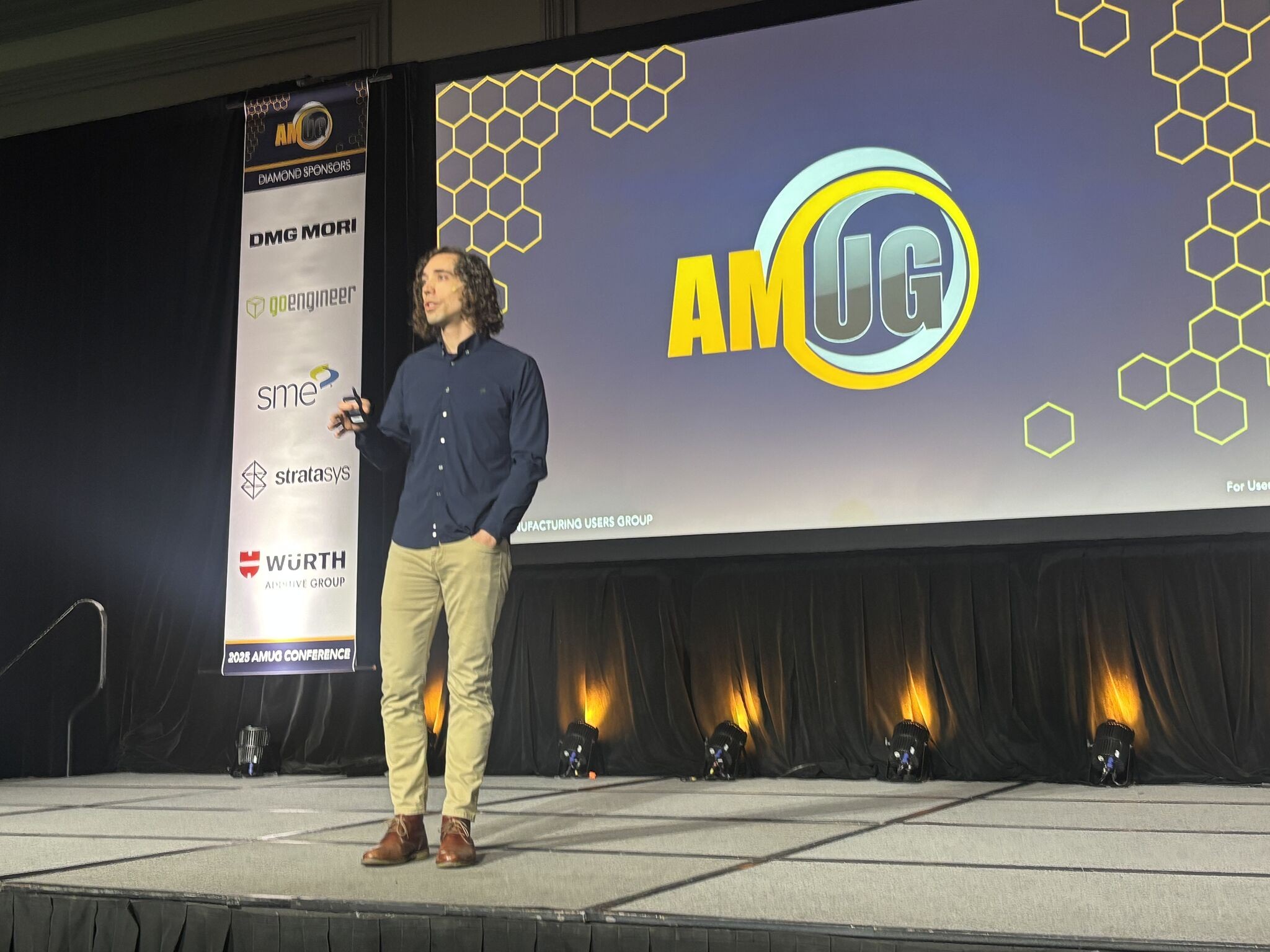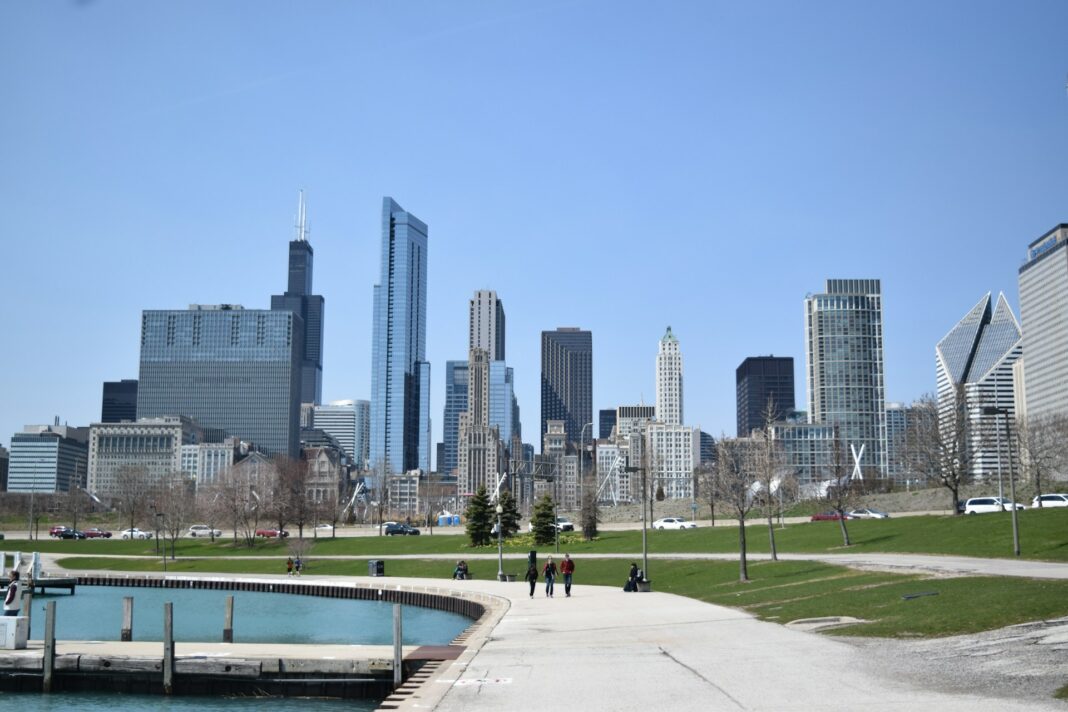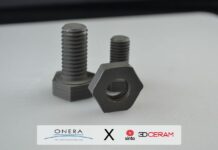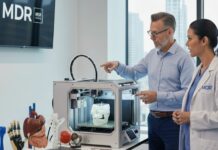For the fifth consecutive year, AMUG took place at the Hilton Chicago, kicking off in the now familiar “Grand Ballroom,” a space synonymous with historical figures for those familiar with the city and a “bonding room” for those who believe that meaningful connections are forged one meal at a time.
Those familiar with the type of event AMUG is, understand the importance of identifying specific learning objectives to maximize the benefits of the event. The truth is, even with a detailed plan of what you shouldn’t miss, we’ve learned over time to leave room for spontaneous exploration and unforeseen events.
This year’s agenda was full, with close to 150 sessions including talks, expert panels, and hands-on workshops. In response to community feedback, the organizers also made the AMUGexpo bigger than before, with about 41 exhibitors showcasing their latest developments for three days, from Sunday 30th March to Tuesday 01st April.
Amid fireside chats, expert panels, and hands-on workshops, it’s the keynote speeches at AMUG that leave a lasting mark—moments where industry visionaries don’t just inform, they inspire, setting the tone for the entire event and beyond.
The keynote that especially stopped us in our tracks was that of Ryan T. Watkins, PhD, a research engineer who brought to the table a decade of experience gained at NASA JPL. Watkins succeeded in turning a very technical topic into something appealing for those who do not have a technical background, as he discussed DfAM for better spacecraft performance.
Focusing on crushable structures for high-speed impact attenuation applications, the researcher discussed what it takes for NASA to overcome design barriers in the manufacturing of these structures.

Crushable structures
We don’t often realize it but crushable structures are found in devices we use every day: packing foam, helmets, cars. Simply put, their ability to collapse progressively, while dissipating energy, helps to protect what is behind or inside them.
Their application is particularly interesting because AM goes beyond the manufacture of foams and honeycomb to enable a wide range of lattice geometries, to further optimize energy attenuating properties.
The speaker explained that it’s now possible to additively manufacture them into form factors with a wide range of materials. According to Watkins, some lattice structures – known for their lightweight design, can be used as crushable structures in space missions.
A prime example is the Mars Sample Return mission, where NASA JPL, in collaboration with REM Surface Engineering, developed 3D-printed crushable lattice structures from Ti-6Al-4V alloy.
The project demonstrated that it’s possible to scale AM in space, especially complex grating components. By using REM’s chemical polishing process, Watkins and his team were able to reduce the as-printed mass of these gratings by >80% while maintaining final tolerances of <0.5%.
Not surprisingly, he won first place in “the AMUG2025 Advanced Finishing” category for developing these Mars sample return crush lattices.
While he demonstrates that lattice structures are helping safely bring back soil samples from Mars and beyond, he acknowledges his work in the area is far from over. He will continue exploring the integration of advanced materials with computational design to push forward lattice structures for space applications. He will particularly focus on the design and modelling of fine-featured structures on a large scale.
Nonetheless, a key takeaway from Watkins’ speech is that the challenges encountered in space with additive manufacturing (AM) originate on Earth. Addressing these challenges begins with employing AM for the most fundamental and apparent applications.
The AMUG Expo
The exhibition floor hosted long-time attendees and big names such as Würth Additive Group, HP, Stratasys, 3D Systems, Nikon SLM Solutions to name a few. Yet, it looks like the SMEs and niche solutions’ providers are gaining momentum the most.
Examples that are worth mentioning from Europe include Axtra3D and its high-speed SLA technology, AIM3D and its pellet extrusion, trincle3D and its design automation software as well as One Click Metal and Freemelt for cost-effective metal PBF and EBM.
On the side of the event organizers, it is important to acknowledge the presence of the Formnext team and the notably large booth of the RAPID+TCT team, which actively promoted the upcoming show scheduled to take place in Boston in 2026.
Other key highlights
Not everything was brand new but often, it was a powerful reminder of what truly matters. Joe Johnson, owner of Quorum Prosthetics, returned to AMUG for a workshop session on how additive manufacturing can genuinely transform lives. Led HP, alongside DyeMansion and Go Engineer, this cross-functional team showcased the impact of digital design and AM. As last year, what made the session impactful is the fact that Johnson is an amputee who uses AM as a vehicle to transform other people’s lives.
To stay true to what defines its event – education and training – , a new component for this 2025 edition was “continuing education credits”. Provided through the Milwaukee School of Engineering Center for Professional Education and the American Board for Certification in Orthotics, Prosthetics & Pedorthics, these credits can be requested by all AMUG attendees for all eligible breakout sessions in the AMUG Tracks.
Other key highlights of this AMUG 2025 included the AMUG Derby competition. Held for the second time on the heels of last year’s success, this competition welcomed over 50 racers and hundreds of attendees looking to relax on Wednesday evening.
We’ve been taught to keep work and play apart. Yet the Derby competition added to other leisure activities – all of them happening under the same roof, made AMUG a “workcation” where attendees felt recharged and re-enthused before the RAPID+TCT storm.
Follow other insights from AMUG 2025 on 3D Adept Media. Featured Image credit: Sergey Konstantinov | Free via Unsplash






